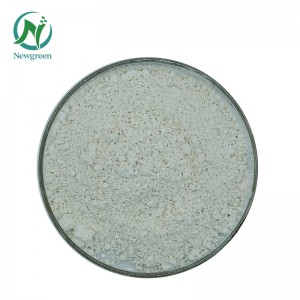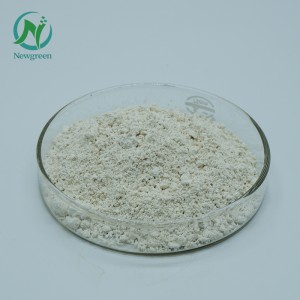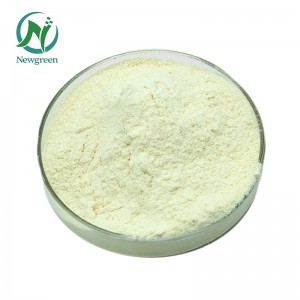Top quality Alpha-Galactosidase food grade CAS 9025-35-8 Alpha-Galactosidase powder

Product Description
α-galactosidase is an enzyme belonging to the glycoside hydrolase family and is mainly involved in the hydrolysis of galactosidic bonds. The basic physical and chemical properties of enzymes are introduced below:
1.Physical properties: Molecular weight: The molecular weight of α-galactosidase ranges from 35-100 kDa. pH stability: It has good stability under both acidic and neutral conditions, and the suitable pH range is usually between 4.0-7.0.
2.Temperature stability: α-galactosidase has good stability at a suitable pH value, usually in the range of 45-60°C.
3.Substrate specificity: α-galactosidase primarily catalyzes the hydrolysis of α-galactosidic bonds and releases α-galactosidically linked galactose from the substrate. Common α-galactoside conjugation substrates include fructose, stachyose, galactooligosaccharides, and raffinose dimers.
4.Inhibitors and accelerators: α-galactosidase activity may be affected by certain substances: Inhibitors: Certain metal ions (such as lead, cadmium, etc.) and certain chemical reagents (such as heavy metal chelators) can inhibit the activity of α-galactosidase.
5.Promoters: Certain metal ions (such as magnesium, potassium, etc.) and certain compounds (such as dimethyl sulfoxide) can enhance the activity of α-galactosidase.
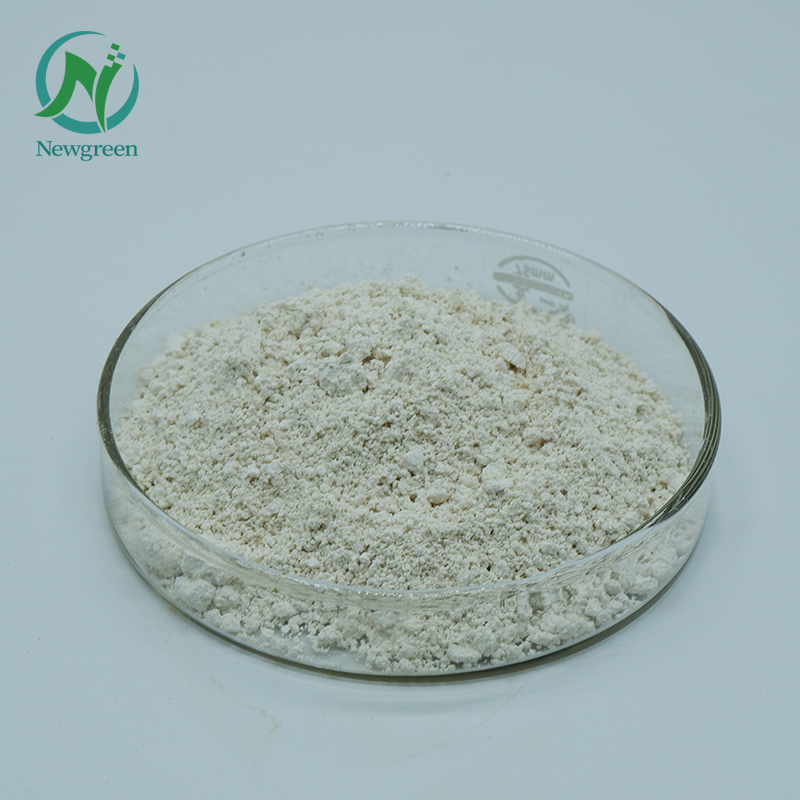
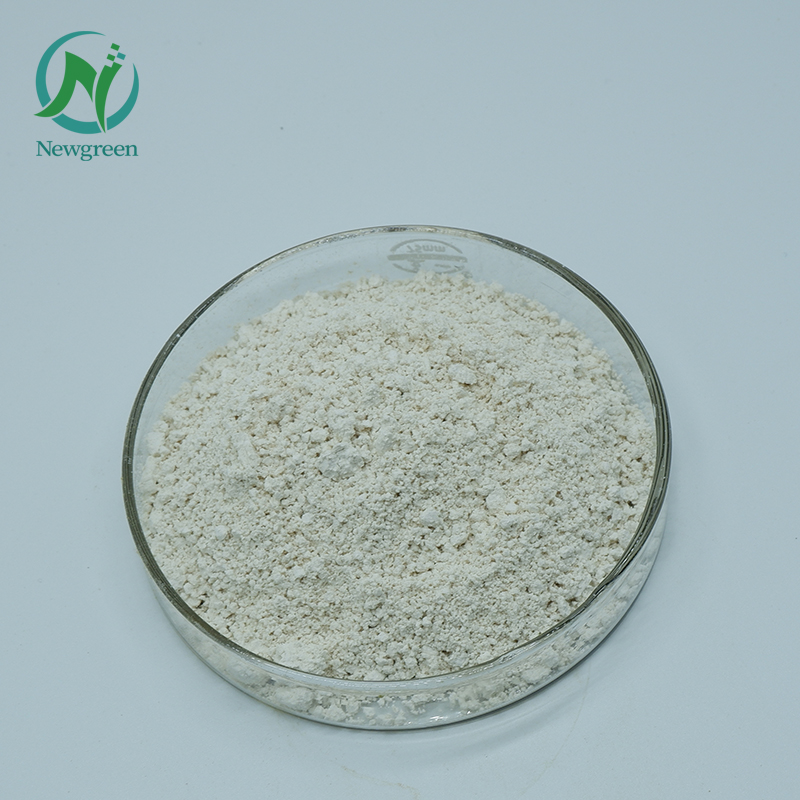
Function
α-Galactosidase is an enzyme whose main function is to hydrolyze the α-galactosidase bond and cut off the α-galactosyl group on the carbon chain to produce free α-galactose molecules. The functions of α-galactosidase are mainly reflected in the following aspects:
1.Helps digest galactose in food: Vegetables, legumes, and grains contain higher levels of alpha-galactose, a sugar that is difficult for some people to digest. Alpha-galactosidase can help break down alpha-galactose in food and promote its digestion and absorption. This is especially important for those who are sensitive to alpha-galactose or suffer from lactose intolerance.
2.Prevent flatulence and indigestion: During human digestion, if α-galactose cannot be fully decomposed, it will enter the colon and be fermented by gas-producing bacteria in the intestine, causing flatulence and indigestion. Alpha-galactosidase can help break down alpha-galactose and reduce the occurrence of these adverse reactions.
3.Promotes the growth of probiotics: Alpha-galactosidase can promote the growth of probiotics in the intestines. These beneficial bacteria help maintain gut health and balance the microbiome. By breaking down alpha-galactose in food, alpha-galactosidase provides the energy and nutrients probiotics need to grow.
4.Applications in food processing: Alpha-galactosidase is also widely used in the food processing industry, especially in the production of soy products. Beans contain large amounts of alpha-galactose. The use of alpha-galactosidase can reduce the content of alpha-galactose in beans and improve the texture and taste of food. Generally speaking, α-galactosidase mainly works by hydrolyzing α-galactosidase bonds. Its functions include helping to digest galactose in food, preventing gas and indigestion, promoting the growth of probiotics and its application in food processing.
Application
Alpha-galactosidase is an enzyme used primarily in areas such as processed foods and biofuel production. The following are its applications in various industries:
1.Food industry: α-galactosidase can be used in the processing of soy products, such as soy milk, tofu, etc. This is because some beans contain alpha-galactose, a sugar that is difficult for the body to digest and can easily cause bloating and discomfort. Alpha-galactosidase can break down these difficult-to-digest sugars and help the body digest and absorb them better.
2.Feed industry: In animal husbandry, aminoglycoside feeds are usually rich in α-galactose. Adding α-galactosidase to feed can help animals digest these sugars and improve feed utilization efficiency and animal growth performance.
3.Biofuel production: Alpha-galactosidase can play a role in biofuel production. During the conversion of biomass into biofuels, some residual polysaccharides (such as galactose and oligosaccharides) can reduce fermentation efficiency. Adding α-galactosidase can aid the degradation of these polysaccharides, improving biomass fermentation efficiency and biofuel production.
4.Sugar industry: During the sugar production process of sucrose and beet sugar, polysaccharides remaining in bagasse and beet pulp are often encountered. Adding alpha-galactosidase accelerates the breakdown of these polysaccharides, increasing the yield and efficiency of the sugar production process.
5.Pharmaceutical field: Alpha-galactosidase is also used in some medical tests and treatments. For example, in some rare genetic diseases, patients lack alpha-galactosidase activity, leading to lipid accumulation and related symptoms. In this case, supplementing exogenous α-galactosidase can help degrade accumulated lipids and alleviate disease symptoms.
Related Products:
Newgreen factory also supplies Enzymes as following:
| Food grade bromelain | Bromelain ≥ 100,000 u/g |
| Food grade alkaline protease | Alkaline protease ≥ 200,000 u/g |
| Food grade papain | Papain ≥ 100,000 u/g |
| Food grade laccase | Laccase ≥ 10,000 u/L |
| Food grade acid protease APRL type | Acid protease ≥ 150,000 u/g |
| Food grade cellobiase | Cellobiase ≥1000 u/ml |
| Food grade dextran enzyme | Dextran enzyme ≥ 25,000 u/ml |
| Food grade lipase | Lipases ≥ 100,000 u/g |
| Food grade neutral protease | Neutral protease ≥ 50,000 u/g |
| Food-grade glutamine transaminase | Glutamine transaminase≥1000 u/g |
| Food grade pectin lyase | Pectin lyase ≥600 u/ml |
| Food grade pectinase (liquid 60K) | Pectinase ≥ 60,000 u/ml |
| Food grade catalase | Catalase ≥ 400,000 u/ml |
| Food grade glucose oxidase | Glucose oxidase ≥ 10,000 u/g |
| Food grade alpha-amylase
(resistant to high temperatures) |
High temperature α-amylase ≥ 150,000 u/ml |
| Food grade alpha-amylase
(medium temperature) AAL type |
Medium temperature
alpha-amylase ≥3000 u/ml |
| Food-grade alpha-acetyllactate decarboxylase | α-acetyllactate decarboxylase ≥2000u/ml |
| Food-grade β-amylase (liquid 700,000) | β-amylase ≥ 700,000 u/ml |
| Food grade β-glucanase BGS type | β-glucanase ≥ 140,000 u/g |
| Food grade protease (endo-cut type) | Protease (cut type) ≥25u/ml |
| Food grade xylanase XYS type | Xylanase ≥ 280,000 u/g |
| Food grade xylanase (acid 60K) | Xylanase ≥ 60,000 u/g |
| Food grade glucose amylase GAL type | Saccharifying enzyme ≥ 260,000 u/ml |
| Food grade Pullulanase (liquid 2000) | Pullulanase ≥2000 u/ml |
| Food grade cellulase | CMC≥ 11,000 u/g |
| Food grade cellulase (full component 5000) | CMC≥5000 u/g |
| Food grade alkaline protease (high activity concentrated type) | Alkaline protease activity ≥ 450,000 u/g |
| Food grade glucose amylase (solid 100,000) | Glucose amylase activity ≥ 100,000 u/g |
| Food grade acid protease (solid 50,000) | Acid protease activity ≥ 50,000 u/g |
| Food grade neutral protease (high activity concentrated type) | Neutral protease activity ≥ 110,000 u/g |
factory environment
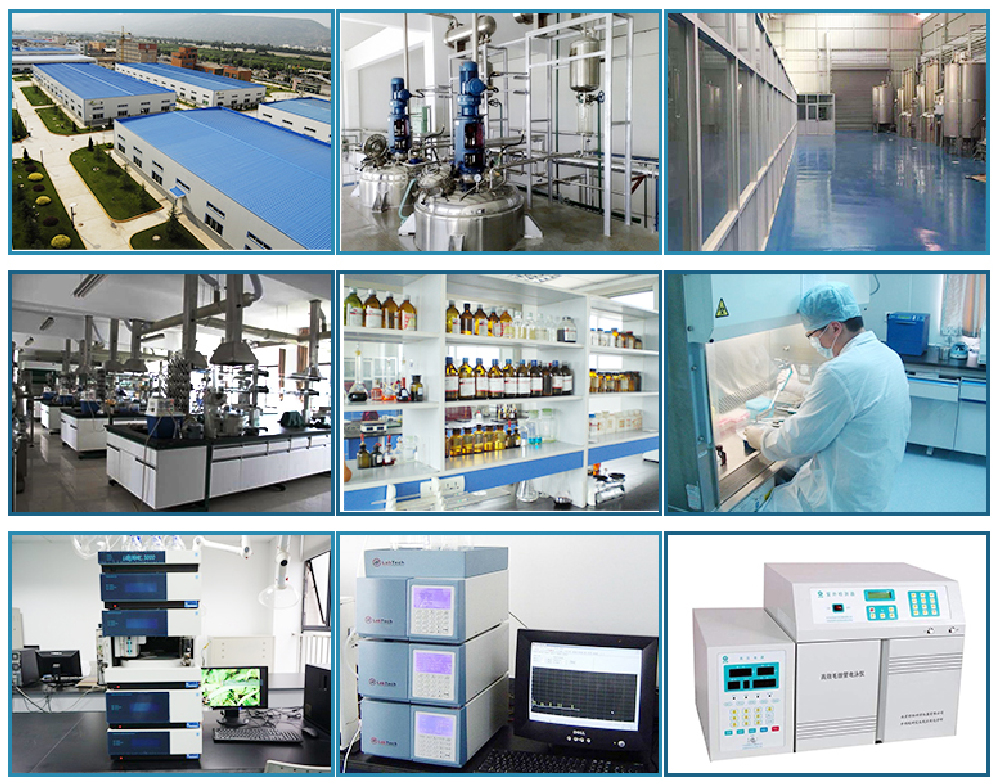
package & delivery

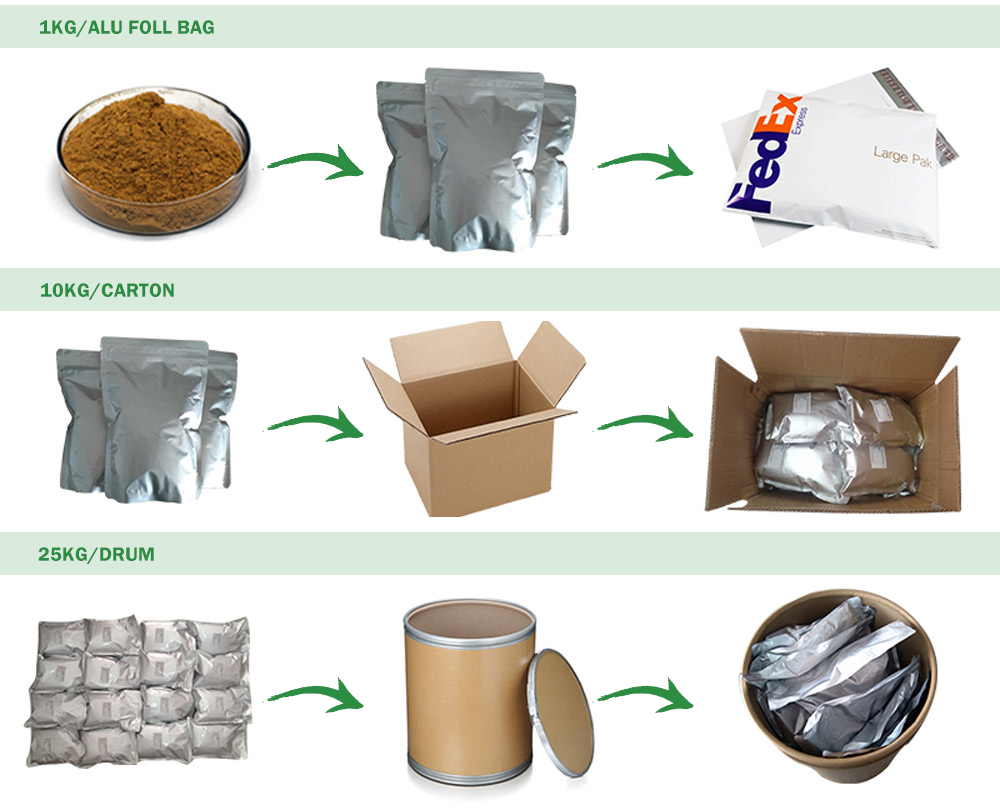
transportation




